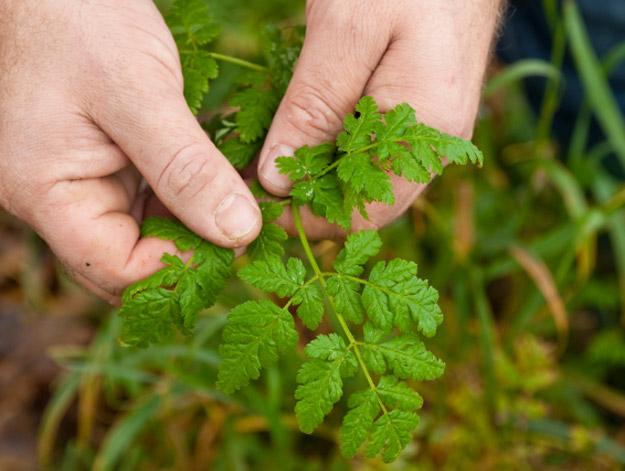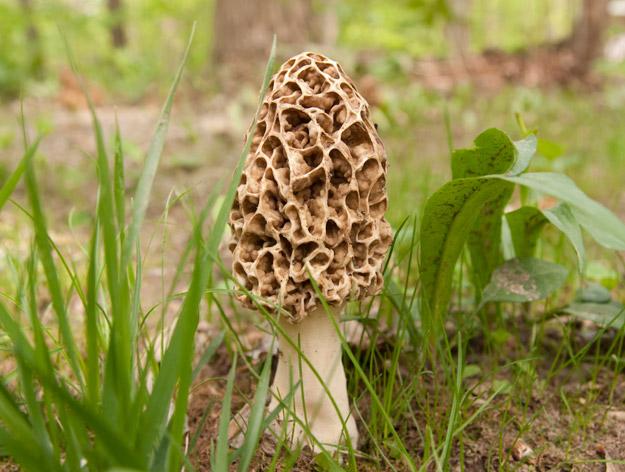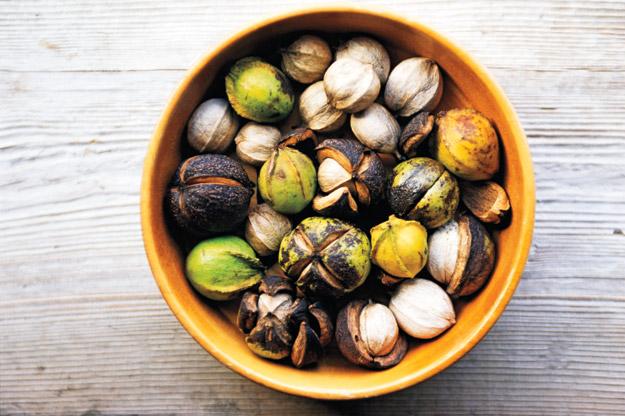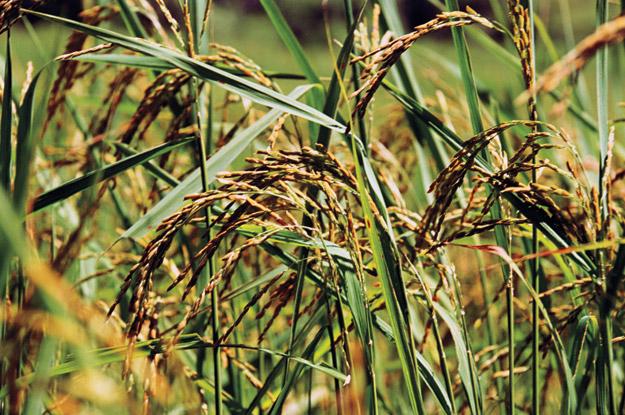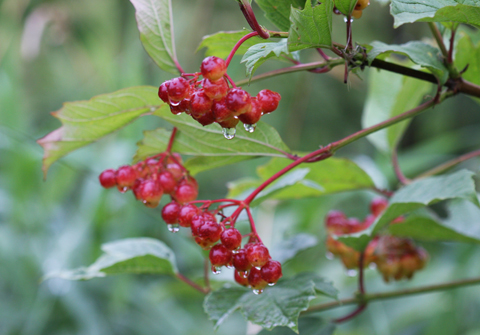Advertisement
Foraging Tips
Canada’s countryside offers an abundance of wild edibles just waiting to be scooped up by anyone who knows where—and when—to look. Why not take advantage of nature’s bounty by harvesting some of the exotic delicacies in your area? With more than 350 different species of wild edibles across the country, it shouldn’t be hard to find something that meets your tastes. Here are just some of the free goodies to be had.
Advertisement
Tips:
Planning to bring home some wild edibles the next time you return from the field? Great idea. If it’s your first time foraging, however, do not rely on the following list of edible plants. This is meant only as a brief overview of what’s out there, not a comprehensive guide.
When looking for wild plants to bring home to the kitchen, always follow this important rule of thumb: never pick (let alone eat) anything if you’re not 100 per cent sure what it is. Simply, if you eat the wrong plant you could become seriously ill, or even die. To be certain, consult authoritative guides such as the great online resource provided by the Nova Scotia Museum.
Advertisement
Blueberry
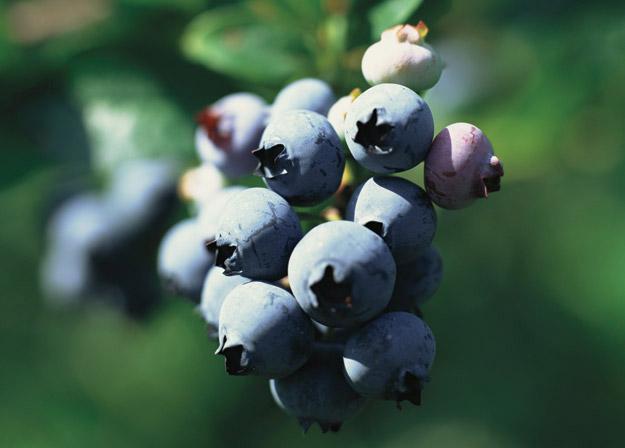
What to Look For: Small, round and bluish purple
Where to Find: Low-lying bushes throughout Atlantic Canada, Quebec and Ontario
When to Look: Mid- to late July is the peak season
Eating Tips: Rinse and eat raw, add to salads, make salsa, use for jam or bake in pies
Goes Well With: Grilled or smoked salmon; venison
Watercress
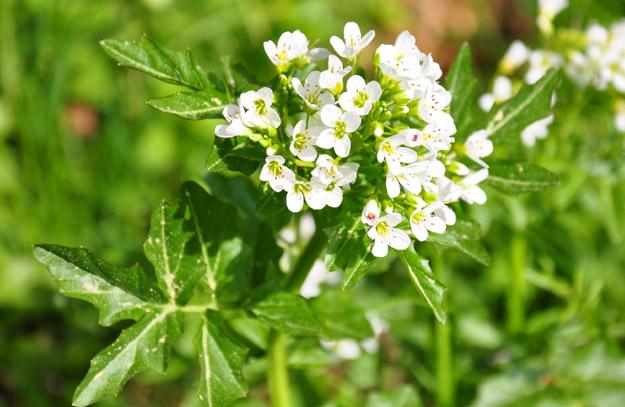
What to Look For: Sparse-looking floating or creeping plant with small white flowers
Where to Find: Streams, rivers, ponds and marshy areas throughout Canada
When to Look: Early spring through to late fall
Eating Tips: Rinse leaves well if eating raw, or boil and eat as greens
Goes Well With: Salad greens or wild leek and morel soup
Morels
Morchella species
What to Look For: Sponge-like holes and ridges in hollow black, white or yellow caps
Where to Find: In fields, abandoned orchards and forests (especially after fires) throughout Canada
When to Look: Early spring for black morels; late spring for white
Eating Tips: Cannot be eaten raw; sauté or grill
Goes Well With: Wild rice; or add to soup
Wild Leek
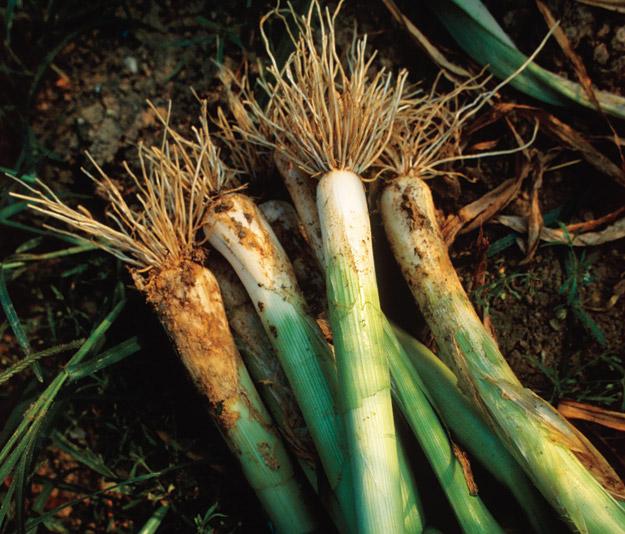
What to Look For: Long, green, onion-like leaves that are broad and flat
Where to Find: Woodlands throughout Canada
When to Look: Early spring and late fall
Eating Tips: Rinse and cut off root; can be eaten raw but usually sautéed or steamed
Goes Well In: Salads or soup
Asparagus
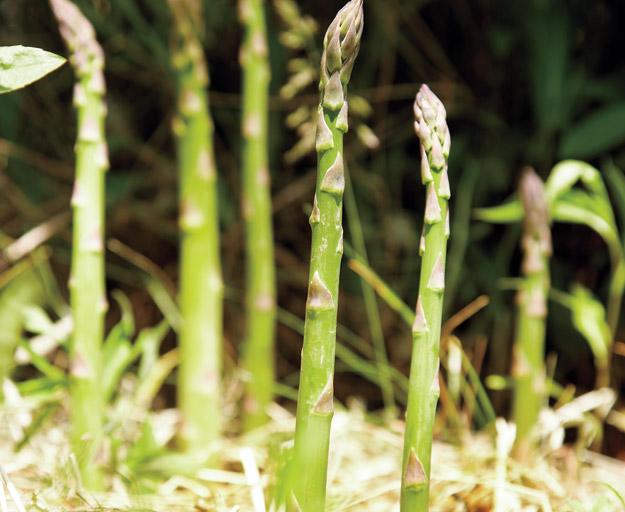
What to Look For: 6- to 10-inch, purplish green shoots
Where to Find: Fields and open, well-lit areas throughout Canada
When to Look: Mid-spring to early summer
Eating Tips: Rinse and boil, steam or sauté
Goes Well With: Smoked salmon
Dandelion
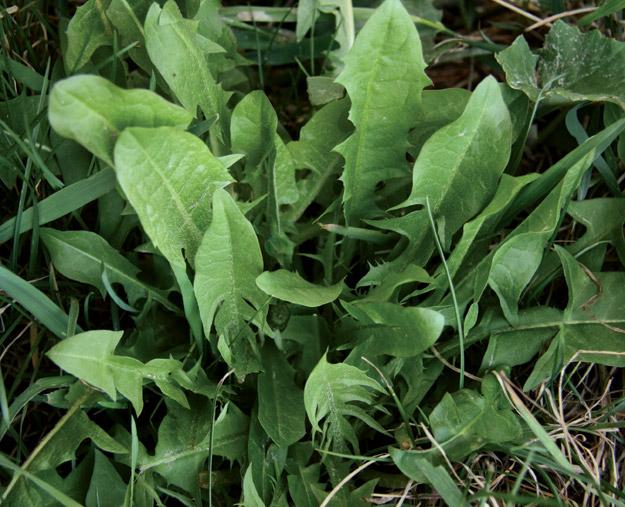
What to Look For: Stemless green leaves with single yellow flower
Where to Find: Meadows, fields and grasslands throughout Canada
When to Look: Before the flowers open, pick the leaves; in late fall, harvest the roots
Eating Tips: Rinse leaves for use in salads or as wraps; flowers can be used to make wine or jam; use roots to make tea
Goes Well With: Other wild edibles, such as onion, garlic and leek
Hickory
Carya species
What to Look For: Light grey, odd-shaped nut beneath brown shell
Where to Find: Hardwood and mixed forests throughout Canada
When to Look: Autumn, as they fall from the trees
Eating Tips: Dehusk to remove hulls, wash and dry in sun for a few days before cracking; eat raw or toasted
Goes Well In: Salad, nut bread or other desserts
Hazelnut
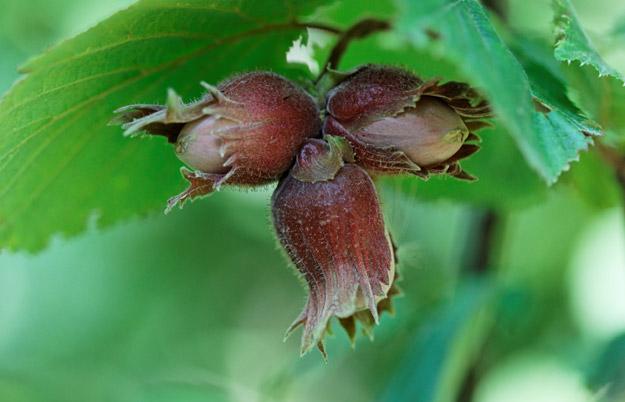
What to Look For: Furry, green husk on branch tips
Where to Find: Hardwood and mixed forests throughout Canada
When to Look: September, when the husks turn brown
Eating Tips: Dry before cracking open; can be eaten raw or toasted
Goes Well With: Fruit, salad greens or dessert
Wild Rice
Zizania species
What to Look For: Resembles stands of ornamental grass
Where to Find: The Great Lakes Region
When to Look: Early autumn
Eating Tips: Dry; remove husks before cooking
Goes Well With: Fish or in a morel risotto; or in place of domestic rice
Stinging Nettle
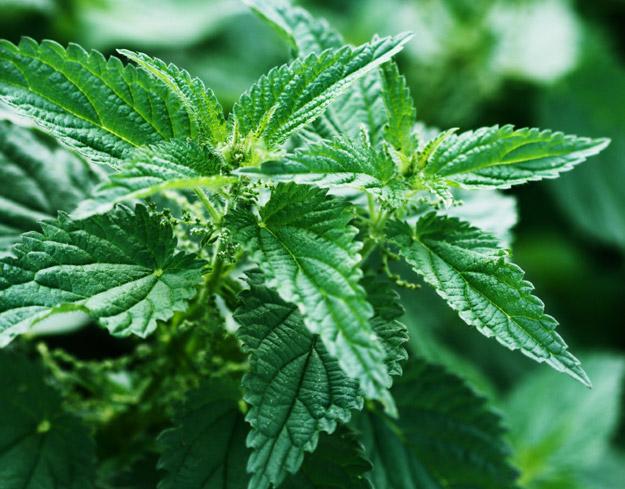
What to Look For: Prickly, dark-green leaves, white flower clusters
Where to Find: Meadows throughout Canada
When to Look: Spring, before the flowers appear; pick the shoots
Eating Tips: Use as an herb, or boil and eat as greens
Goes Well In: Salad or soup; or use on vegetables
High-bush Cranberry
What to Look For: Large, red, round berries
Where to Find: Bordering fields and roadsides across Canada
When to Look: Early November after a few frosts
Eating Tips: Can be eaten raw, but usually cooked in syrup or dried
Goes Well With: Wild turkey, as wine or a relish
Oxeye Daisy
What to Look For: Yellow-centred flower with white petals
Where to Find: Fields and roadsides across Canada
When to Look: Spring, before the flower buds open
Eating Tips: Wash unopened flower buds; sauté or pickle
Goes Well With: Wild garlic, lemon and oil in a sauté
Elderberry
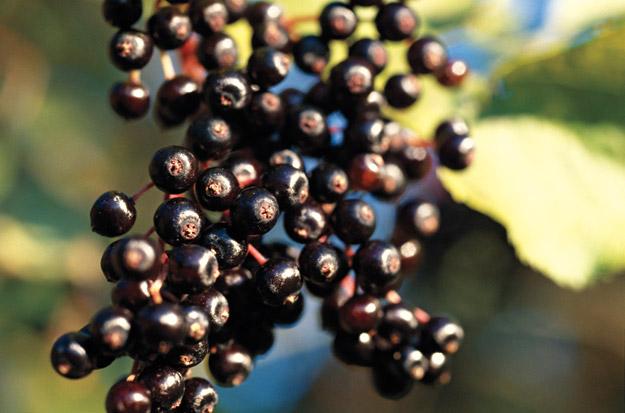
What to Look For: Clusters of red to dark purple berries
Where to Find: Bordering fields and forests throughout Canada
When to Look: Early fall
Eating Tips: Do not eat raw; use in jams, pies or wine
Goes Well With: Rabbit
Black Walnut
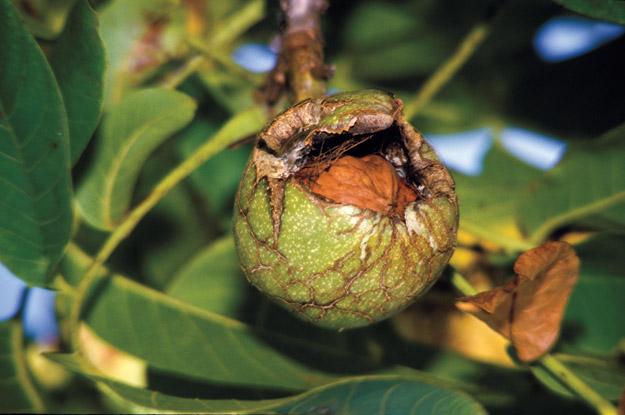
What to Look For: Very large, round, light green, skinned nuts
Where to Find: Along rivers in central Canada
When to Look: August, as they fall from the trees
Eating Tips: Remove green husk and dry
Goes Well In: Salad or dessert
Fiddleheads
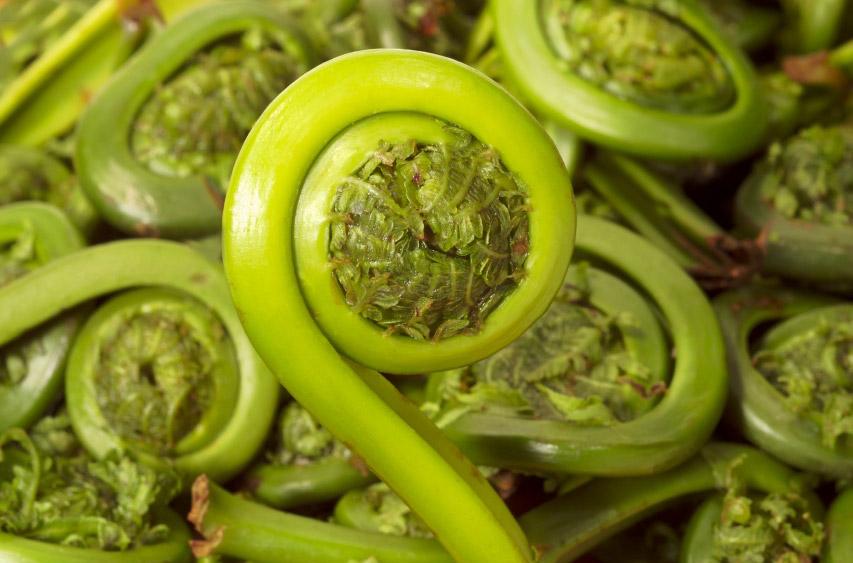
What to Look For: Tips of curled fronds, green with brown paper-like casing (also called ostrich ferns)
Where to Find: Forests and alongside streams throughout Canada
When to Look: Mid-spring before they’ve fully opened
Eating Tips: Wash and remove brown casing; boil, steam or sauté
Goes Well With: Panfried or grilled salmon or trout; or sauté with wild garlic

